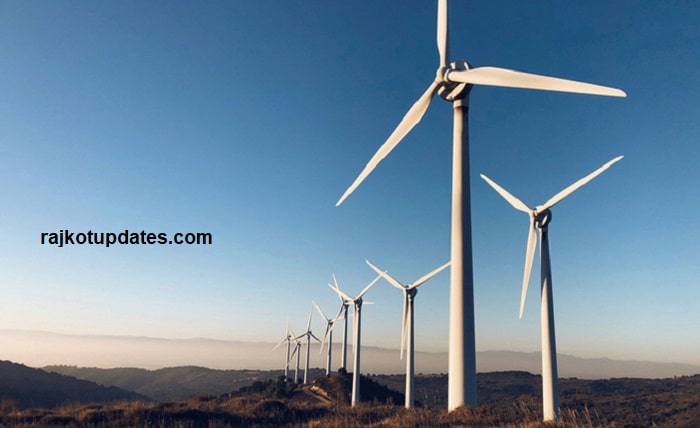A global corporate leadership initiative, RE100 aims to use only renewable energy sources for electricity generation. Accurate and consistent reporting of a company’s renewable energy consumption becomes essential as it joins RE100. The objective of this comprehensive manual is to streamline the RE100 reporting procedure by emphasizing crucial ideas such as the distinction between EACs (Energy Attribute Certificates) and RECs (Renewable Energy Certificates), and offering doable actions to guarantee accuracy and efficiency in reporting.
What are EACs and RECs?
Understanding the distinction between EAC vs REC is crucial before beginning the reporting process. EACs are globally recognized certificates that serve as evidence that electricity was produced using renewable energy sources. In contrast, the North American system of Renewable Energy Certificates (RECs) verifies that one megawatt-hour (MWh) of electricity was produced using a renewable energy source. Since they allow companies to declare and validate their use of renewable energy, EACs and RECs are both essential to RE100 reporting.
Step 1: Establishing Your Baseline
To commence RE100 reporting, you must first determine your current energy consumption baseline. Data collection on the overall amount of electricity used for all operations is required for this. Precise baseline data is essential because it establishes the framework for monitoring the shift to 100% renewable energy use.
Step 2: Sourcing Renewable Energy
Finding renewable energy is the next step after establishing your baseline. There are several ways to accomplish this, including power purchase agreements (PPAs), on-site generation, and the acquisition of RECs or EACs. Your location and the particular laws and ordinances governing the energy markets in which you conduct business will determine which option—RECs or EACs—is best for you.
Step 3: Matching Consumption with Certificates
It’s crucial to match your electricity consumption with the right number of EACs or RECs after sourcing renewable energy. This guarantees that a corresponding unit of renewable energy is used to offset each unit of electricity consumed. Completing this step is essential for maintaining the credibility of your RE100 reporting and for making claims about the use of renewable energy.
Step 4: Reporting and Verification
Compiling the data gathered and reporting your use of renewable energy constitute the fourth step. This ought to contain comprehensive data about the quantity of renewable energy procured, the kind of certificates (RECs or EACs) utilized, and the relationship between them and your consumption. Verification by a third party can also help to validate your data and make sure it complies with RE100 standards.
Step 5: Continuous Improvement and Disclosure
The process of continuously enhancing and revealing your renewable energy endeavors is the last phase. There are opportunities to use more renewable energy when your energy sourcing strategies and consumption patterns are regularly reviewed. Transparency via RE100 submissions and annual sustainability reports not only demonstrates your commitment, but it also promotes accountability and transparency.
Conclusion
By taking these steps, you can make RE100 reporting easier and ensure that your business meets its renewable energy targets while also having a greater impact on the adoption of sustainable energy. Your company can set an example in the shift to a sustainable future by comprehending the differences between RECs and EACs, closely monitoring energy use, and openly sharing your results.

